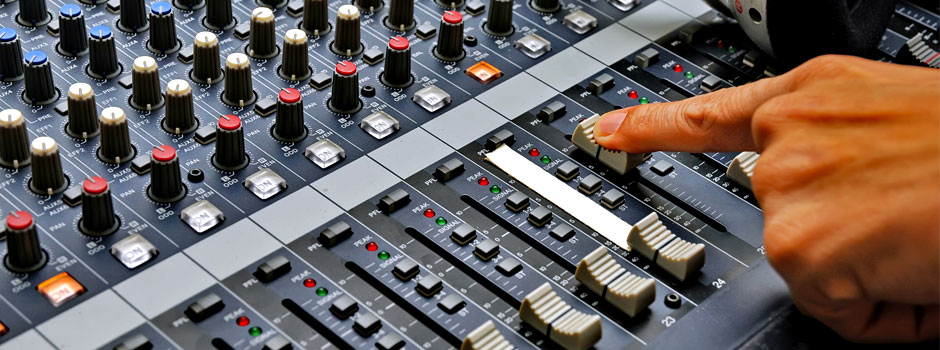A sat interview can break one of the three unities of the sequence.
Any interview shot in a place or at a time different from the rest of the shooting breaks the tone. If such a break isn’t desirable, shoot in situ : it will be easier to integrate it in the package.
Repeating the same shot slows down progression of the narrative.
You’d better avoid using various segments from the same interview at different times of the package. For the repetition of this “same shot” to be perceived as intentional and a leitmotiv, you should take particular care of the framing and study the rhythm at which you repeat this shot during the package.
The order in in which the journalist presents the interview reveals a meaning he’s accountable for.
For a package to be impartial, the journalist should show the opposing point of views (for/against). The order in which they’re shown is not neutral. It reflects a choice; a logical POV the journalist is accountable for.
Itw 1 It’s good + Itw 2 It’s expensive = Meaning “We shouldn’t have gone to this restaurant”.
Itw 1 It’s expensive + Itw 2 It’s good = Meaning: “It was worth going there”.
How many interview segments in the package ?
Between the first interviewee and the last, the viewer often forgets about the intermediary interview segments (if there are like four or five of them in the package). You should therefore pay particular attention to these segments, edit them carefully, be wary of how long they last, and polish the voice-over.
Can the package end on an interview ?
It’s often said that the journalist should end the package with his words: not adding any voice-over to the last interview amounts to giving a priority to what the interviewee says. Exceptionally, as in the case of a portrait, you can give the last word to the interviewee.
Can the package begin with an interview ?
Beginning a package with stolen words can be catchy. It’s less an interview than in situ audio caught right at the heart of the event, and used to launch the package with rhythm. If the opener starts with an interview, warn the anchor so that he doesn’t end his intro with the name of the journalists : put right next to the interview, such a signature can make understanding the package harder.
Hiding the interviewee ?
There are various blurring processes you can use to preserve anonymity :
- Image tricks (with a mosaic for example), backlight shooting…
- Voice deformation…
Such processes are used to hide the identity or preserve the reputation of your source, but you should know they load your message with a lot of ambiguity.

